The science of scares
This story was originally published in the first edition of The Lion’s Tale (October 28, 2019).
If there is one fundamental principle of human behavior, it’s that man tends to seek pleasure and avoid pain and distress. So how can the enduring popularity of horror films and other forms of entertainment that are designed to elicit negative emotions and feelings be explained?
Philosophers, psychologists and film scholars have all devised theories in their quest to explain our obsession with horror.
Dr. Marvin Zuckerman achieved prominence for his research into the psychobiological principles behind human personality and sensation seeking. This research led him to create the Sensation Seeking Scale, a psychological instrument assessing individuals on subscales such as “Thrill and Adventure Seeking” and “Experience Seeking.”
Zuckerman proposed that there was a positive correlation between scoring highly on the scale and enjoying horror movies, and that watching these films was a type of exhilarating experience, like bungee jumping or riding a rollercoaster. Psychology teacher Zach Densberger offered a similar theory.
“We enjoy the process of having our amygdala stimulated when we know it’s not real,” he said. “We can momentarily put ourselves in that situation, and it scares us.”
Far predating the horror film is the practice of ancient Greek theatre, a highly significant cultural institution that influenced the development of drama in later civilizations. Theatre in ancient Greece, which was primarily centered in the city-state of Athens, was divided into the genres of tragedy, comedy and satyr play. Tragedies were by nature violent and gloomy, as exemplified by Sophocles’ Oedipus Rex, one of the most well-known pieces to emerge from the genre.
These productions represent one of the earliest instances of people watching entertainment that was violent, supernatural and destructive in nature.
The Greek philosopher Aristotle sought to analyze the underlying concepts behind drama and poetry, such as the effect of watching a distressing play on the mind, in his work Poetics.
The relevant idea expressed in that writing is “catharsis,” which scholars have interpreted in a number of ways. The popular understanding of catharsis is as an “emotional cleansing” of spectators viewing a tragedy, through which they can freely convey emotions in the theatre that would otherwise be discouraged in genuine social situations.
Essentially, this theory views horror films, just like tragedies, as outlets for people to nurture their emotional and mental state, whether they recognize this motivation or not.
The Excitation-Transfer theory, developed by Dr. Dolf Zillman in the 1970s, is based on the idea that emotional excitation is basically nonspecific, and that distinct emotions are only felt as a result of assessment by the individual based on the needs of the situation.
From there, he reasoned that the residual excitement from one stimulus could intensify the response to another subsequent one, even if the two were of a completely different nature, such as one causing fear and one delight.
Basically, the Excitation-Transfer theory suggests that the feelings of fear and dread created by horror movies actually intensify the feelings of relief and comfort when the hero triumphs or the evil force is defeated.
The clear problem with the previous explanation is that horror movies often lack a happy or rewarding ending. The Dispositional-Alignment theory, also partially formulated by Zillman, instead holds that the most violent parts of the film, not its resolution, are key to viewers’ enjoyment. This theory’s basic premise is that reaction to any kind of entertainment is driven by one’s feelings, or dispositions, toward the characters, which are in turn based on moral judgements made regarding the characters’ actions.
Accordingly, this explanation posits that the audience enjoys seeing those who violate social norms, such as the criminal or adulterer, suffer their demise because of a determination that they “deserve it”. However, some have challenged the idea that viewers form an opinion of characters on moral grounds, proposing that they sometimes shape these views according to their initial expectations and perspectives regarding the story.
Other theories examining people’s enjoyment of horror have focused on social and cultural factors. An experiment done by university researchers in the 1980s found that male students experienced greater enjoyment from watching a horror movie when in the presence of a visibly distressed female companion, and female students experienced greater enjoyment watching the movie when in the presence of a calm and confident male companion.
This suggests that horror films serve as a way to solidify traditional gender roles in society.
Regardless of the reason why, people from all walks of life continue to enjoy the creeping sensations brought on by horror movies, and, with this genre grossing nearly a billion dollars at the box office in 2018, this enjoyment doesn’t appear to be ending anytime soon.
“It’s the empathy, the fact that we can say, ‘Man, that would be horrible to be in that situation.’ It’s fun,” Densberger said. “It’s a fun thing to put yourself into.”
Your donation will support the student journalists of Oviedo High School. Your contribution will allow us to purchase equipment and cover our annual website hosting and printing costs. Thank you!

![Prom king Colin Napier and queen Leah Hopkins dance the night away during the Golden Gala on April 26th. Prior to the prom, the Student Government must make many preparations over the course of months in order to ensure it goes off without a hitch. However, their work eventually pays off when it comes time for the dance. “We set up [the prom] the day before, and it’s horrible. We’re there for a very long time, and then we get our beauty sleep, and then we get ready for prom the next day,” Aubrie Sandifer said.](https://oviedojournalism.com/wp-content/uploads/2025/05/Oviedo-197-800x1200.jpg)


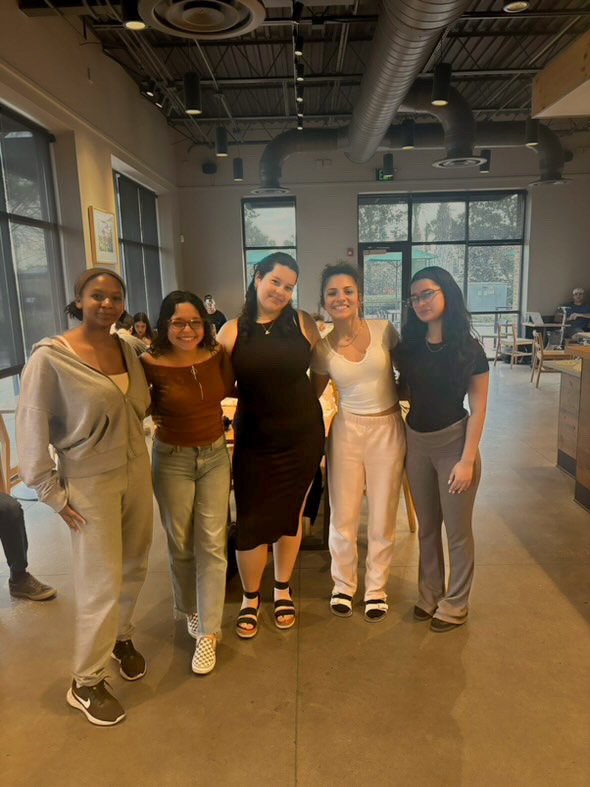



![Hopkins at Honor Grad with golf coach John McKernan. As Hopkins’ golf coach for the last two years he has seen Hopkins’ growth as a player and person along with their contributions to the team. “[Hopkins] has just been really helpful since I took [the golf team] over, just anything I wanted to do I ran by [Hopkins],” said McKernan.](https://oviedojournalism.com/wp-content/uploads/2025/05/B66A7760-800x1200.jpg)


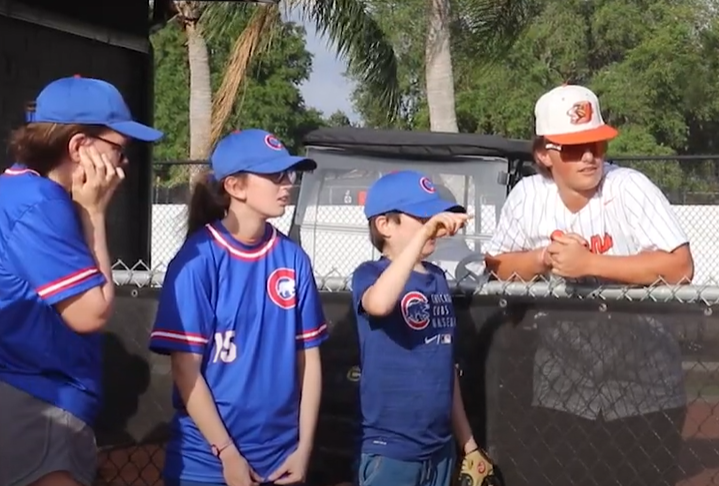



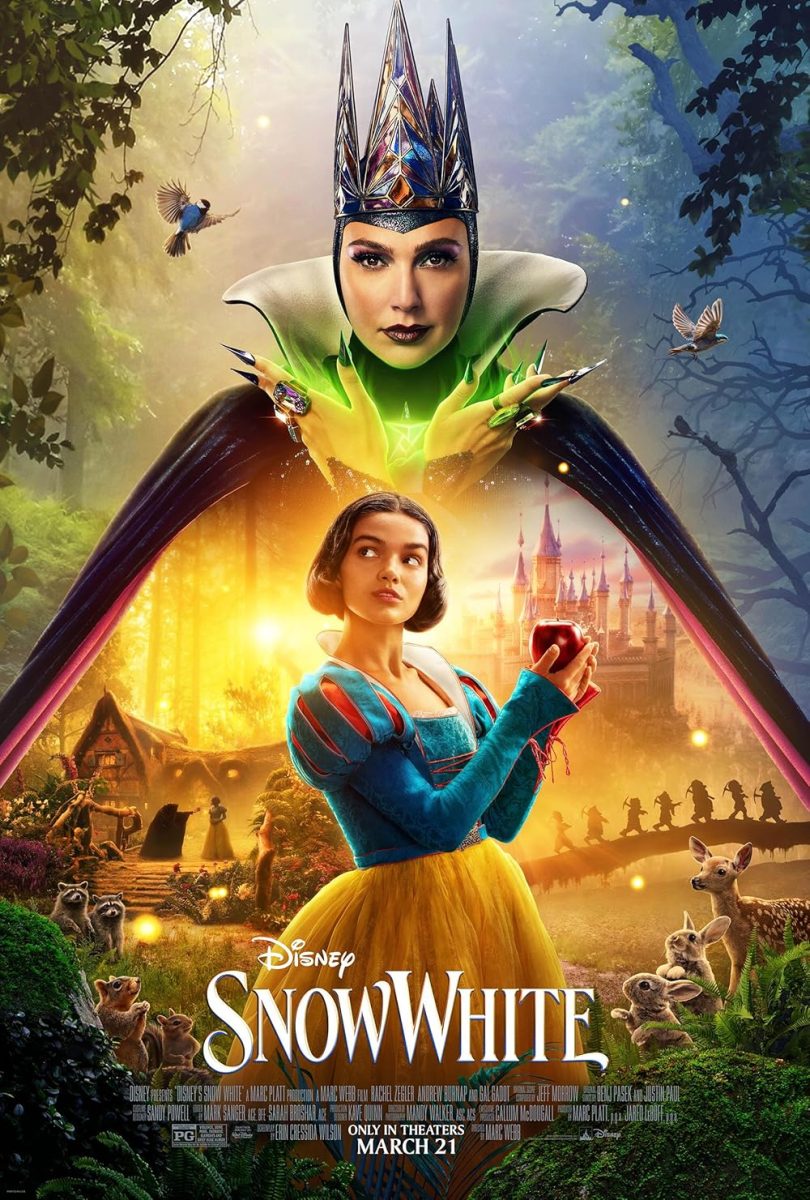
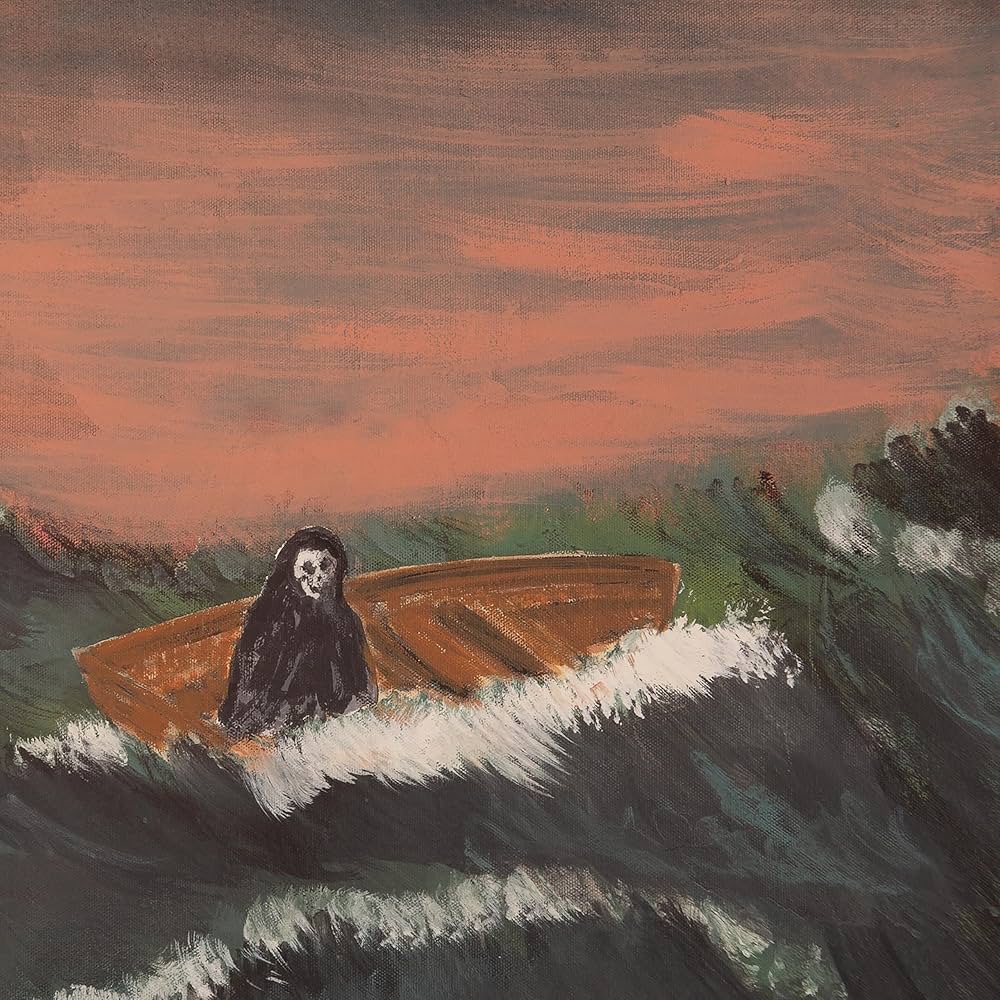







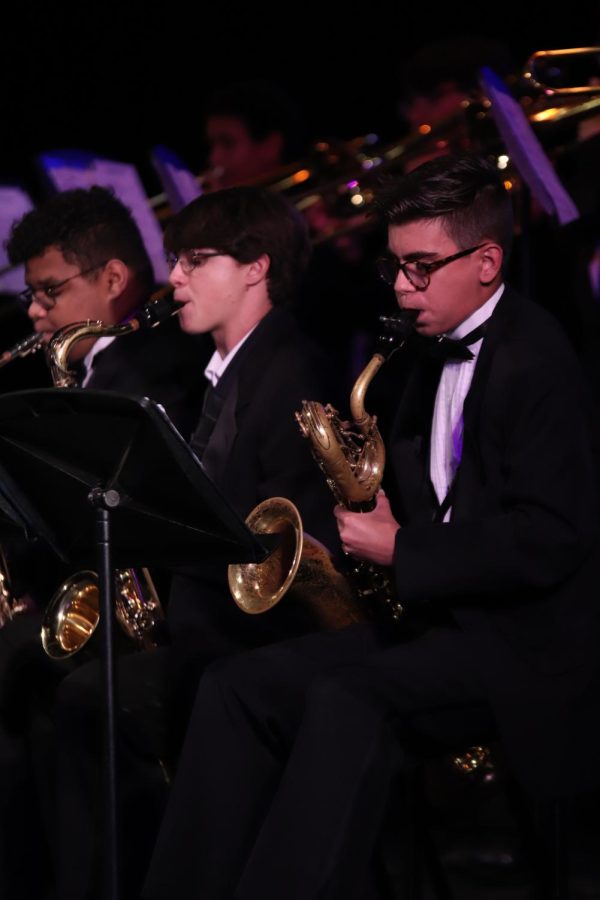
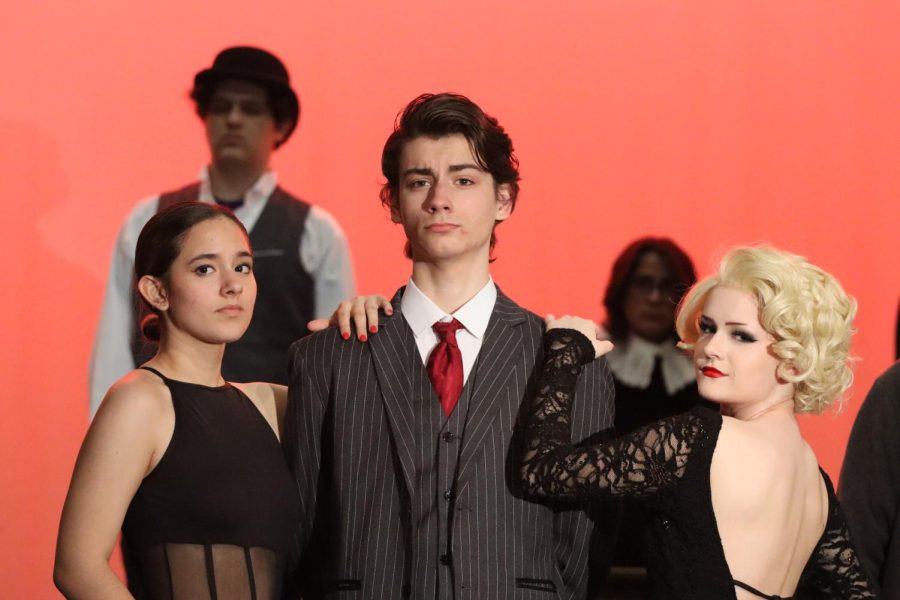






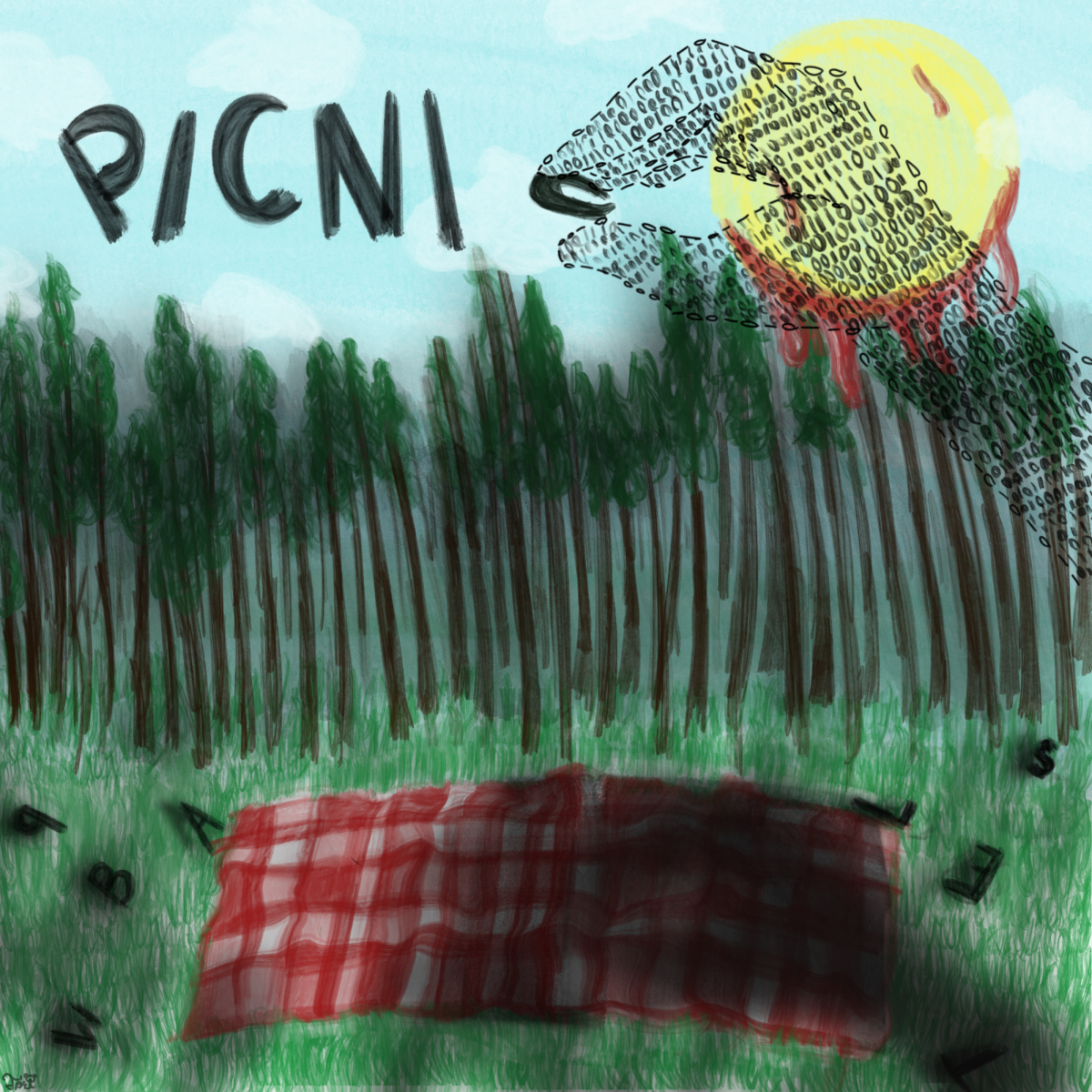
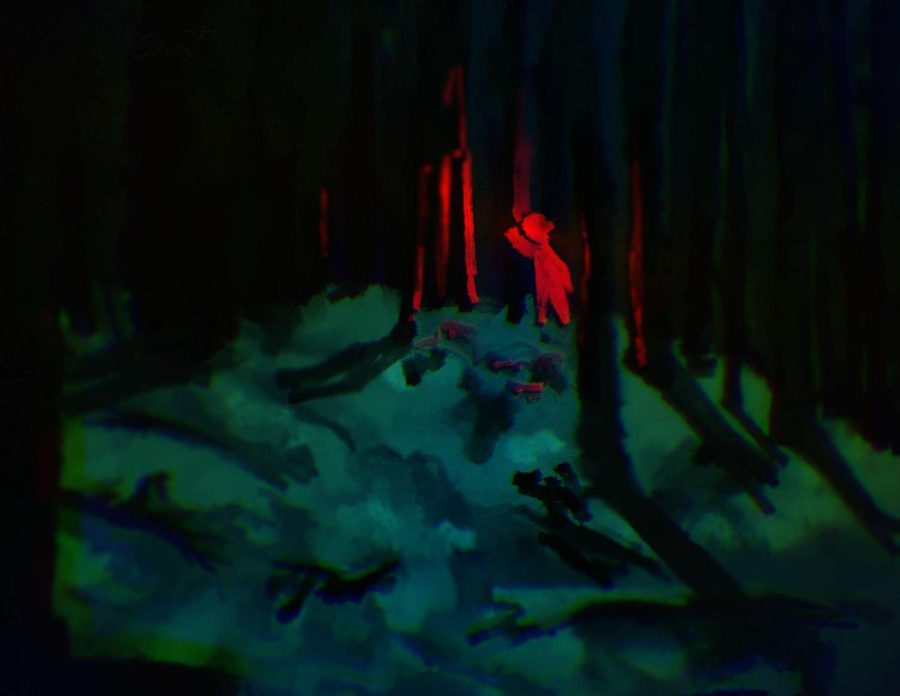



![Prom king Colin Napier and queen Leah Hopkins dance the night away during the Golden Gala on April 26th. Prior to the prom, the Student Government must make many preparations over the course of months in order to ensure it goes off without a hitch. However, their work eventually pays off when it comes time for the dance. “We set up [the prom] the day before, and it’s horrible. We’re there for a very long time, and then we get our beauty sleep, and then we get ready for prom the next day,” Aubrie Sandifer said.](https://oviedojournalism.com/wp-content/uploads/2025/05/Oviedo-197-400x600.jpg)
![Hopkins at Honor Grad with golf coach John McKernan. As Hopkins’ golf coach for the last two years he has seen Hopkins’ growth as a player and person along with their contributions to the team. “[Hopkins] has just been really helpful since I took [the golf team] over, just anything I wanted to do I ran by [Hopkins],” said McKernan.](https://oviedojournalism.com/wp-content/uploads/2025/05/B66A7760-400x600.jpg)
